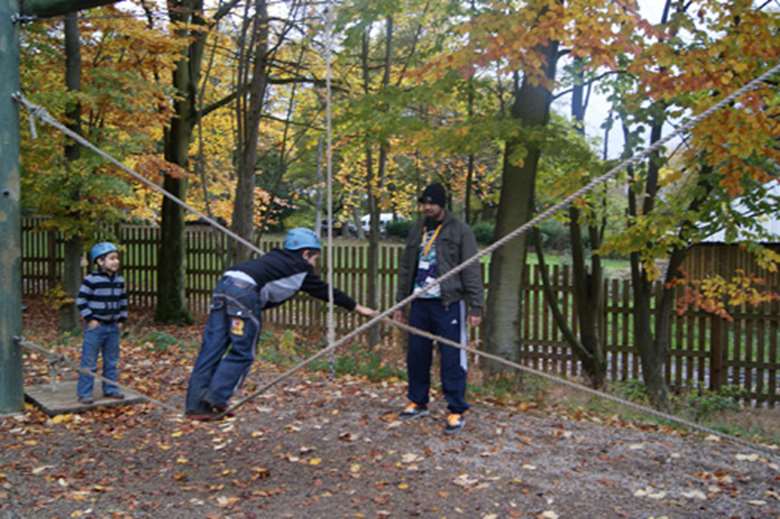Good Practice: How a play initiative is helping to combat childhood obesity in Halifax
Friday, April 15, 2011
The Healthy Halifax Project has led to a dramatic increase in activity among young participants in the Yorkshire town.

Project Calderdale Play Development Service's Healthy Halifax Project
Funding £53,250 from Healthy Halifax, funded by the Healthy Towns initiative
Purpose To reduce childhood obesity and to encourage children and young people to become more active
Background Child obesity was a real problem in the Park ward of Halifax. "We were seeing sixand seven-year-olds weighing seven or eight stone," explains play development worker Imran Younis.
Funding from the wider Healthy Halifax scheme was targeted at the ward and Calderdale Play Development Service used its share to develop a range of sports and play activities for five to 14-year-olds.
Action: Indoor and outdoor activities on offer at open play sessions include badminton, football, trampolining and games. The scheme also organises trips to activity centres and ski-ing lessons - something young people were really keen to try.
"We were able to arrange lessons at a nearby centre, which was fantastic," says Younis. "By the end, they were coming down the slopes like professionals."
The sessions combine physical activity with advice on healthy eating. Young people have designed healthy takeaway dishes, which have actually gone on sale, and grown their own vegetables.
The project also uses incentives. For example, young people who attend 10 sessions in a row get to go on a trip with a family member.
Park ward has a diverse population including Pakistani-Kashmiri and Bangladeshi families and other minority ethnic groups, so workers have made a point of exploring different cuisines.
A key aim has been to get parents involved. This has been one of the biggest challenges, especially when it comes to dads, says Younis.
Another challenge was tackling young people's low confidence and self-esteem. "Young people were coming to sessions depressed because they were being teased at school," says Younis. "We try to motivate and push them, but it's not a school setting, so it's relaxed and they do what they feel like. You can see them get more confident as they start to enjoy themselves."
A clear sign of this is the fact that children are now using parks and open spaces at other times.
Outcome The project uses pedometers to measure children's activity levels, which show many of the children are taking part in healthy activities.
A study in September 2010 found low levels of activity at home, but a follow-up survey has shown a dramatic increase.
In November, results revealed an average increase in home activity levels of 1,376 per cent. On average, children covered 3,302 steps at home in November (roughly 1.5 miles) compared with an average of 382 steps (0.2 miles) in September.




